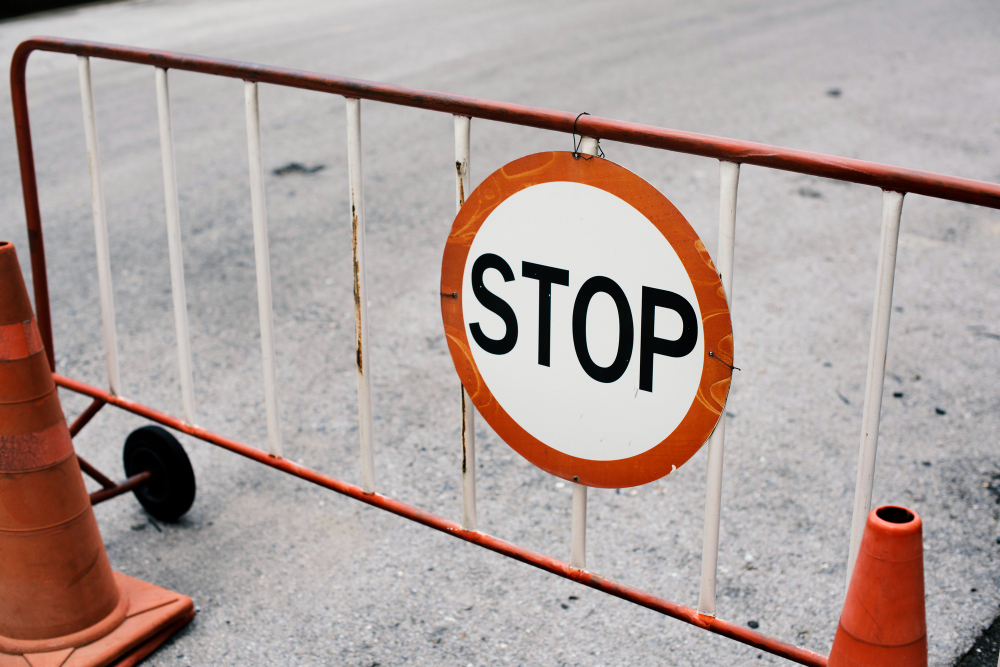Why the Safe Third Country Agreement does not Work and just Leads to Other Alternatives for Traversing the World’s Longest Land Border.

The Safe Third Country Agreement, or STCA, is a bilateral agreement between Canada and the United States that has been designed to require refugees to make their claims in the first safe country they enter. This agreement has been in place for several years and has been the subject of much debate and controversy.
On March 24, 2023, the Canadian and United States authorities announced an expansion of the STCA which includes the entire land border, including internal waterways. This means that individuals who cross the Unites States-Canada land border between POEs (points of entry), including certain bodies of water, and who make a refugee claim relating to a fear of persecution within 14 days after such crossing, will be subject to the provisions of the STCA. The Agreement does not apply to people who enter either country by air.
The agreement allows immigration officers to return people who attempt to cross the land border between Canada and the United States back to the border to turn them over to authorities if they are found within 14 days of crossing the border irregularly.
This means that if someone crosses the land border at a port of entry border crossing or through irregular means, they may be caught and returned to the country they originated from. If they do manage to get across, however, and they are able to remain undetected for 14 days, they will likely be permitted to remain.
There are some very important exceptions to the Safe Third Country Agreement between Canada and the United States. These include having family members in the country you wish to travel to, being an unaccompanied minor, humanitarian and compassionate grounds, and others. These are important because many people may be able to qualify to enter Canada from the United States if they meet one of the exemptions.
Many refugee organizations have challenged the agreement and the case is currently before the Supreme Court of Canada which is expected to rule soon on whether the existing Safe Third Country Agreement violates the Canadian Charter of Rights and Freedoms. Many people have found it shocking that the extension of the Agreement by the Canadian government came while the constitutionality of the Agreement is before the Court.

Critics of the agreement believe that applying the Safe Third Country Agreement between Ports of Entry will not stop irregular crossings; it will only make them more dangerous and underground. It is expected that an increased number of people will get hurt or even lose their lives while attempting to cross the border through risky routes, including during the deep winter.
However, Canada and the United States share the longest land border in the world and not all of the approximate 9000 kilometers is being monitored. Therefore, those wishing to cross the border will likely find a way to do it, especially with the help of smugglers who benefit from the agreement and the recent closing of Roxham Road, no doubt looking for other routes for refugees.
Though the well-traveled irregular entry point at Roxham Road has been shut down, over the years, there have been other routes and methods used to undermine the regular border crossings – some more dangerous than others. People have hiked through the woods and mountains which has been a risky undertaking.
However, until a few years ago, the Peace Arch Park, situated at the border between the United States and Canada in Blaine, Washington, and Surrey, British Columbia, has successfully been used for illegal border crossings due to its unique layout.
Although it’s entirely located in the United States, the monument located in the center of the park marks the border, which means that people can stand on the monument and technically be in both countries at the same time.
More recently, illegal border crossings have led to increased security measures in the park, including the construction of a double-layered fence on the U.S. side of the park to deter such crossings.
No doubt, the closing of Roxham Road and the monitoring of Peace Arch Park are just temporary setbacks to the much bigger issue that faces the two nations. In fact, even recently, the death of refugees trying to traverse the St. Lawrence River disclosed yet another common route between the U.S. and Canada where first nations people have tried to assist refugees fleeing for their lives. The numerous native lands on both sides of the border present additional opportunities for asylum seekers.
Hopefully, the Supreme Court of Canada will strike down the Safe Third Country Agreement so that refugees can travel across regular border crossings safely and make their refugee claims in Canada – a country known for its adherence to humanitarianism and the fair treatment of refugees while its Southern neighbour is known for its detention of refugees, the separation of refugee children from their families and the long and arduous wait times and corresponding costs of making a claim.

